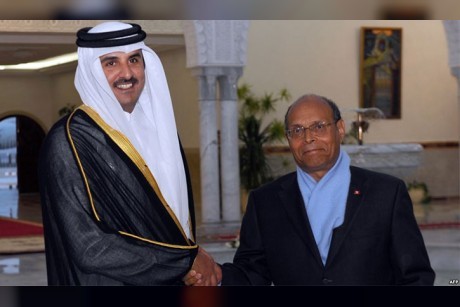The QCB cut its overnight lending rate by 25bps to 4.75% on August 1. The QCB cut – the first since 2011 – followed the US Fed’s July 31 decision to lower its fed funds rate by 25bps. Experts forecast one more 25bps rate cut by the US Fed this year – a move that will likely prompt another reduction in the lending rate by the QCB.
It is believed that the impact of the policy rate cut on the Qatari economy will ultimately prove to be limited, given weak prospects for economic growth. Leading indicators such as the PMI put Qatar’s non-oil activity firmly in contraction, underscored by a shrinking construction sector as the government scales down capital expenditure linked to the FIFA 2022 World Cup.
As such, while a lower lending rate could help boost credit expansion to some extent, we believe a 25bps rate cut will be insufficient to reverse the trend of slowing growth. Meanwhile, the economy remains in deflation – with prices falling by 0.9% y-o-y on average over H119 – and there has been limited upside pressure over the months ahead amid subdued oil prices and persistent housing market weakness. Indeed, we forecast deflation to persist into 2020, averaging 0.5% in 2019 and 0.8% in 2020.
Meanwhile, the QCB’s decision to keep the overnight deposit rate unchanged will help support banks’ funding. The QCB’s decision to keep the overnight deposit rate unchanged despite a 25bps rate cut by the US Fed widens the interest rate differential in deposit rates between the US and Qatar, snapping a multi-quarter trend in which the differential remained constant as the QCB deposit rate mimicked the US fed funds rate. We believe that the wider differential represents an attempt by the QCB to stabilise funding for commercial banks by cushioning against a more pronounced weakening in deposit growth. In June, deposit growth was a mere 0.9% y-o-y, compared to a mid-2017 peak of 20.0%.
There are forecasts of a US Fed policy rate hold in 2020, but see increased potential for further cuts in light of rising downside risks to US growth. experts have adopted a more bearish view on the prospect of a trade deal being reached between the US and China in the short term, underscored by the latest round of tit-for-tat tariff increases. Trade tensions have already fed through to the US manufacturing PMI, which fell into contraction in August, suggesting potential for further rate cuts in 2020. While experts currently forecast a hold in the US policy rate in 2020, we note that downward revisions to the US interest rate forecast– should economic conditions fail to improve – would most likely lower QCB policy rate projections.



